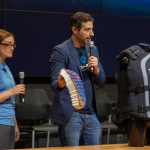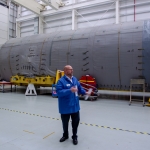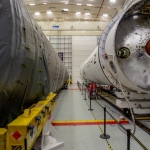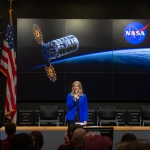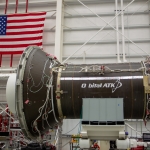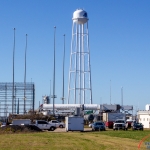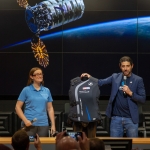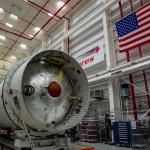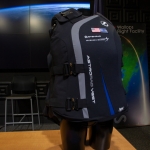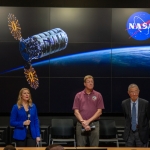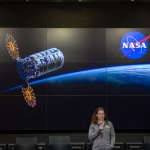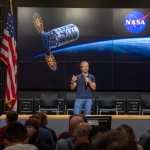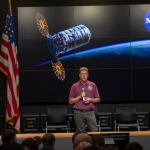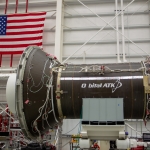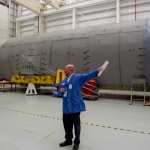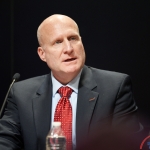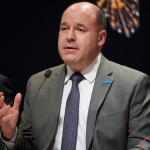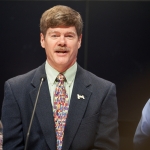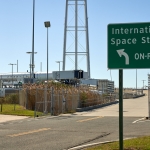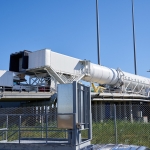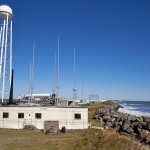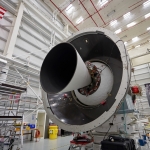What's on board NG-12?
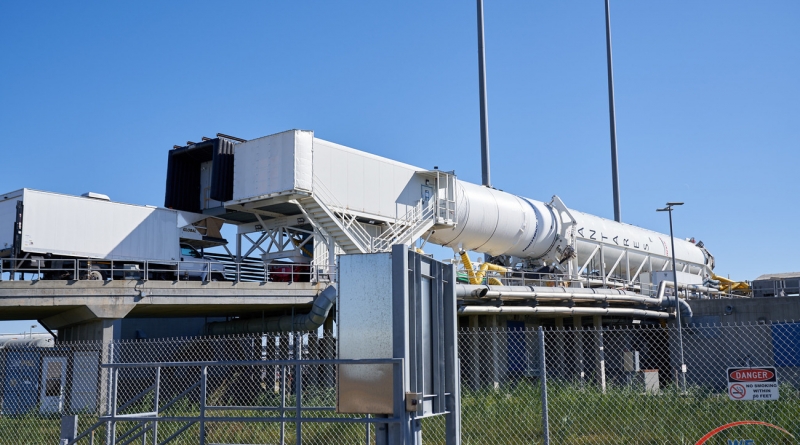
WALLOPS ISLAND, VA -- Northrop Grumman mission 12, CRS2, will carry more than 8,100 pounds of crew supplies, science investigations, spacewalk equipment, vehicle hardware, computer resources and other hardware. 7,905 pounds of that cargo will be in the pressurized section of the Cygnus spacecraft, named S. S. Alan Bean, with the balance going onto the NanoRacks Deployer which is external to the cargo bay. Because of the late-loading capability of the Cygnus craft the entire vehicle is horizontal with less than 20 hours until launch. Late-launch loading makes it possible to launch more sensitive material that may need temperature control, or that can only survive for short periods of time.
At the November 1 briefing investigators showcased 4 of the experiments going up. Other hardware items going up include normal replacements or pre-experiment preparations for future experiments which need to be ready to receive the test subjects.
Of the 30 experiments, the first discussed is the life extending material and processes for the AMS-02 (Alpha Magnetic Spectrometer). This experiment was originally designed to operate for 3 years, but it is nearing 8 years and some of its components are failing. AMS studies cosmic rays which in turn help scientists learn more about the universe, especially dark matter, strange matter and anti-matter. Because the majority of the universe is invisible these studies are proving quite valuable in learning more about the universe, and its origins.
Dr. Samuel Ting, winner of the 1976 Physics Nobel prize, explained that this device improved the accuracy from a range of 50 to 70 percent up to nearly 99 percent. During the 8 years of study they have learned that Cosmic radiation fluctuates in a daily cycle, and over several months. This was not expected and theories about cosmic radiation are being revised because of it. In addition, NASA and other space agencies are now planning the time of day that is best for spacewalks, and considering when would be the better time to launch long duration missions. The repairs to the AMS are centered on cutting fluid conduction tubes and reconnecting them to a new package of pumps and fluid supply which will keep the radiation detectors operating at the extremely low temperatures which helped make the improved accuracy possible.
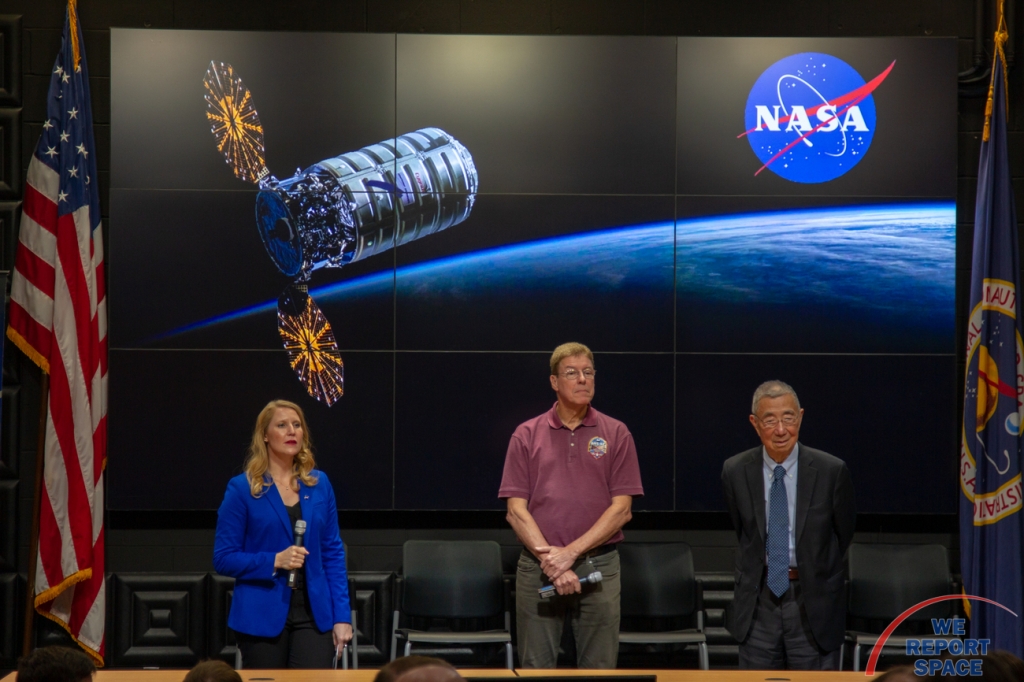
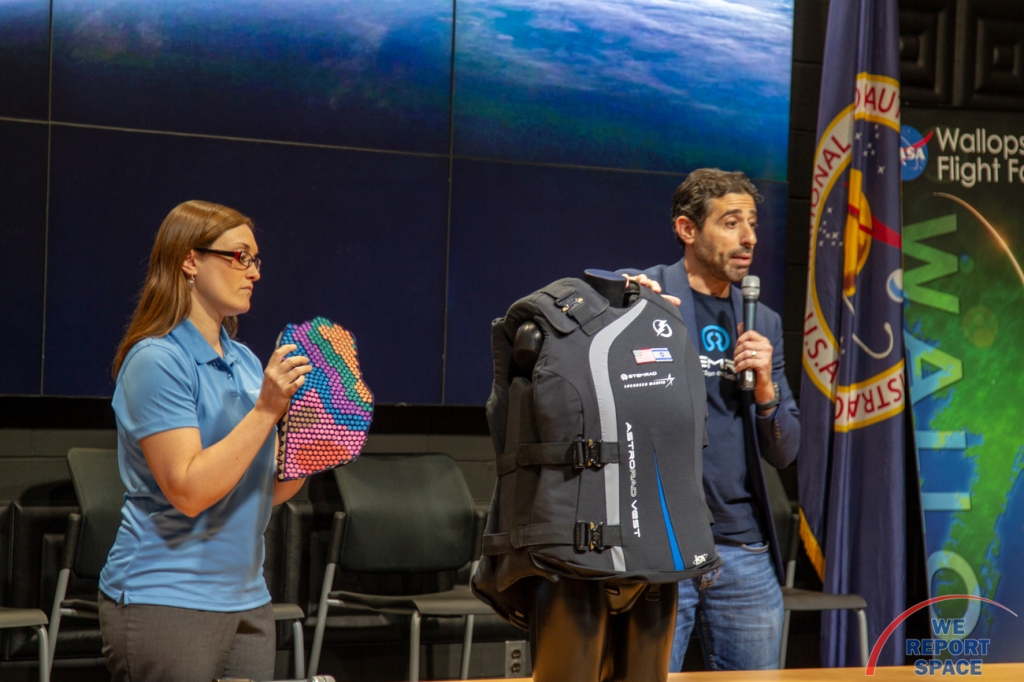
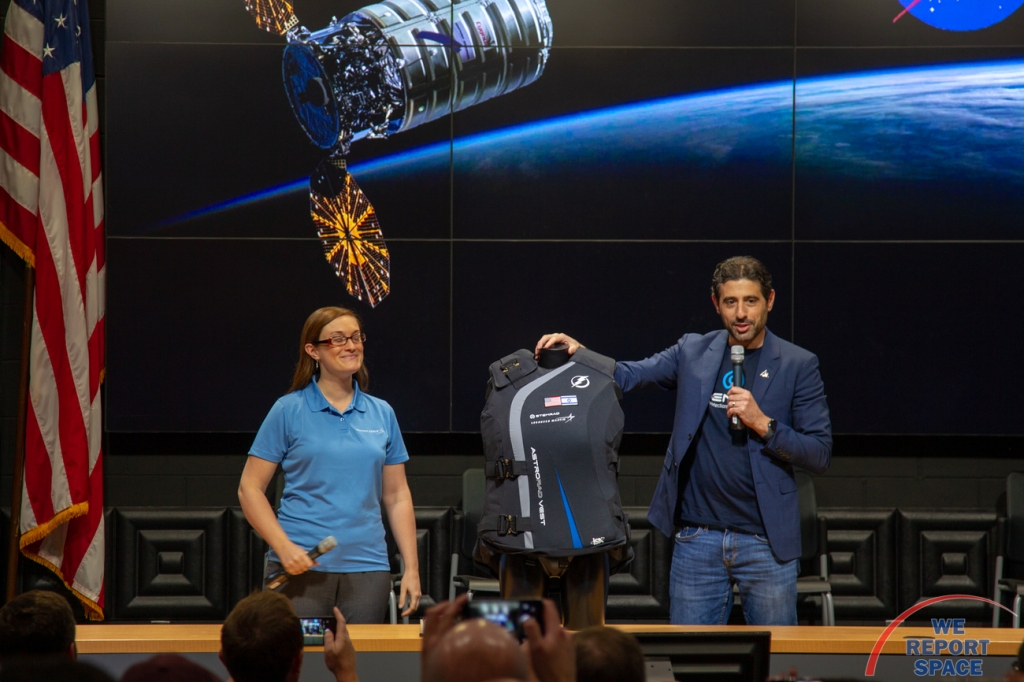
Alessandro Grattoni shared a combined effort between a medical technology company and an automaker is looking at systems to deliver medication through implanted devices. This cooperative effort is called the Craig X Flight Test Program. The automaker, Lamborghini, is providing carbon fiber samples with features and shapes of the medical devices which will be attached to the outside of the ISS to experience the harsh environment of space. This is very different from the environment of a human or animal body but there is an expectation they will learn new things about this material, and how it may change. Additional experiments are being performed on the drug delivery devices to see how they perform in microgravity, and to learn how well medical deliveries will work over long ranges such as by an earth based controller sending signals to a bluetooth transmitter onboard the ISS.
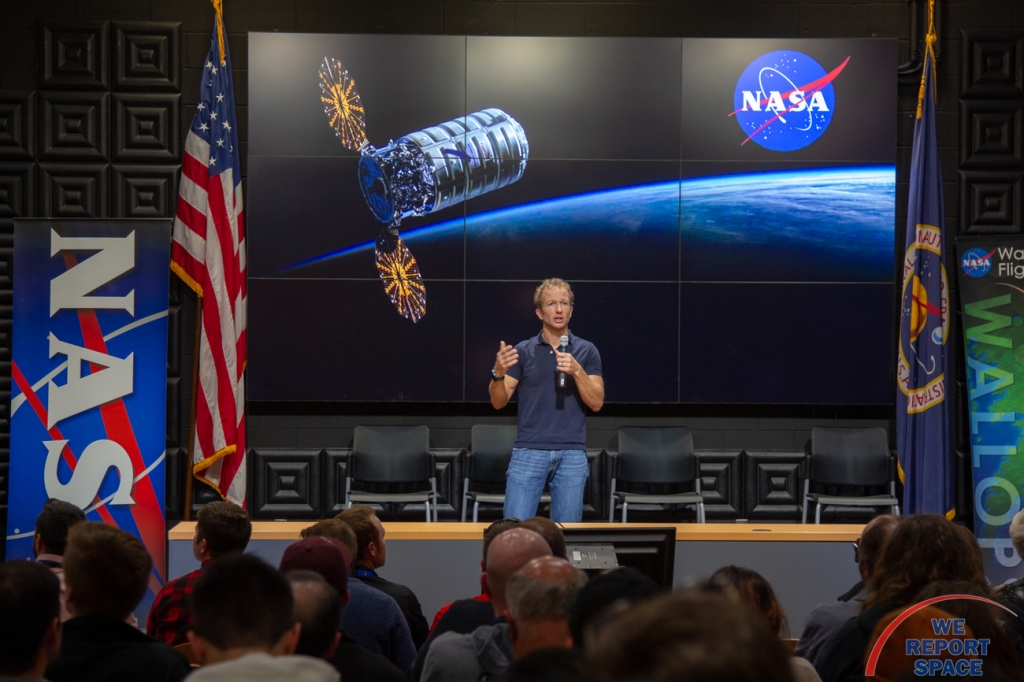
Mary Murphy, Senior Internal Payloads Manager described NanoRacks sending the very first oven to space. This isn’t your typical kitchen range though. The considerations include controlling where the food will be in the oven, how to conduct the heat when there isn’t convection due to hot air rising against gravity, how to manage the off-gassing as the food heats, and of course power consumption.
This oven will have a cylinder with heating elements surrounding it and a locked door. The food will be placed in a sealed pouch held in a frame. The frame will be inserted into a bracket while cooking, and when the food is first removed it will be placed in a cooling rack which is part of the oven. Off-gassing will be mainly steam so the water vapor will be trapped. Other chemicals, the aroma of chocolate chip cookies, or whatever is being cooked, will be trapped in environmental air scrubbers. The ovens will operate at approximately 28 volts and 50 watts for the entire system.
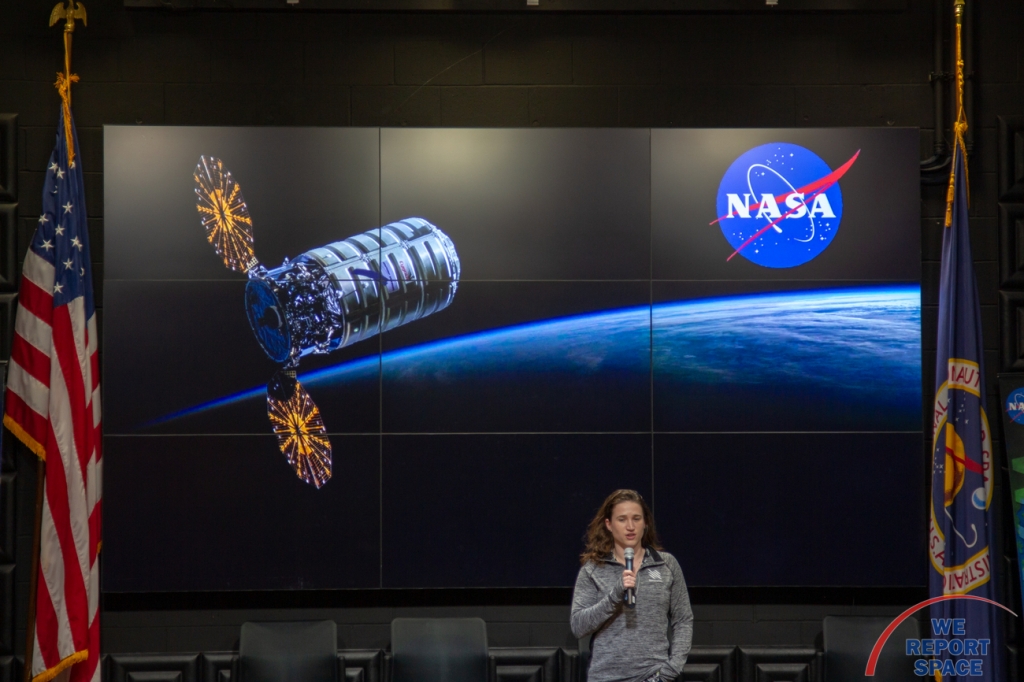
No one is quite sure what is going to happen to the first test subject which will be chocolate chip cookie dough. It will be in something like a cylindrical shape in the cooking frame/pouch. It isn’t known if it will expand, whether it will expand uniformly, and when it is removed from heat will it contract and what shape it will be at the end. Although not mentioned during the briefing, I wonder if the chemical reactions will produce the right flavor, or texture. Will it even be safe to eat?
The Made in Space Recycler will continue tests of 3D printing by examining various materials as candidates for printing filaments. Which ones can be reused many times without degrading is another consideration, and there will be some samples 3D printed in space and identical items made on earth which will be compared.
In addition there will be cubesats designed by the University of Washington, a Genes-In-Space experiment designed by high school students. Of the 30 plus experiments on board the majority are for new experiments with only a few adding to existing work.
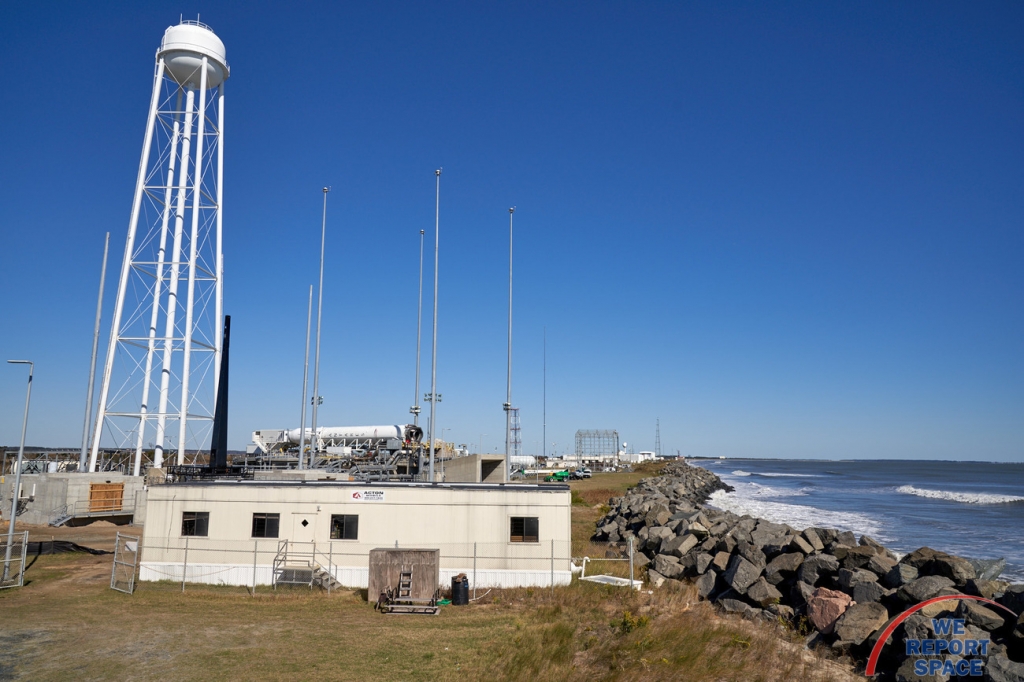
The Antares 230+ spacecraft is expected to return to a vertical, ready-for-launch position around 9pm EDT on November 1st, and the NG-12 mission is planned to launch at 9:59am EDT on Saturday, November 2, 2019.
Photos

Stunning, full color photo book covering every east coast launch spanning 2014-2015, including the first-ever powered landing of a SpaceX Falcon 9 rocket.
More Info